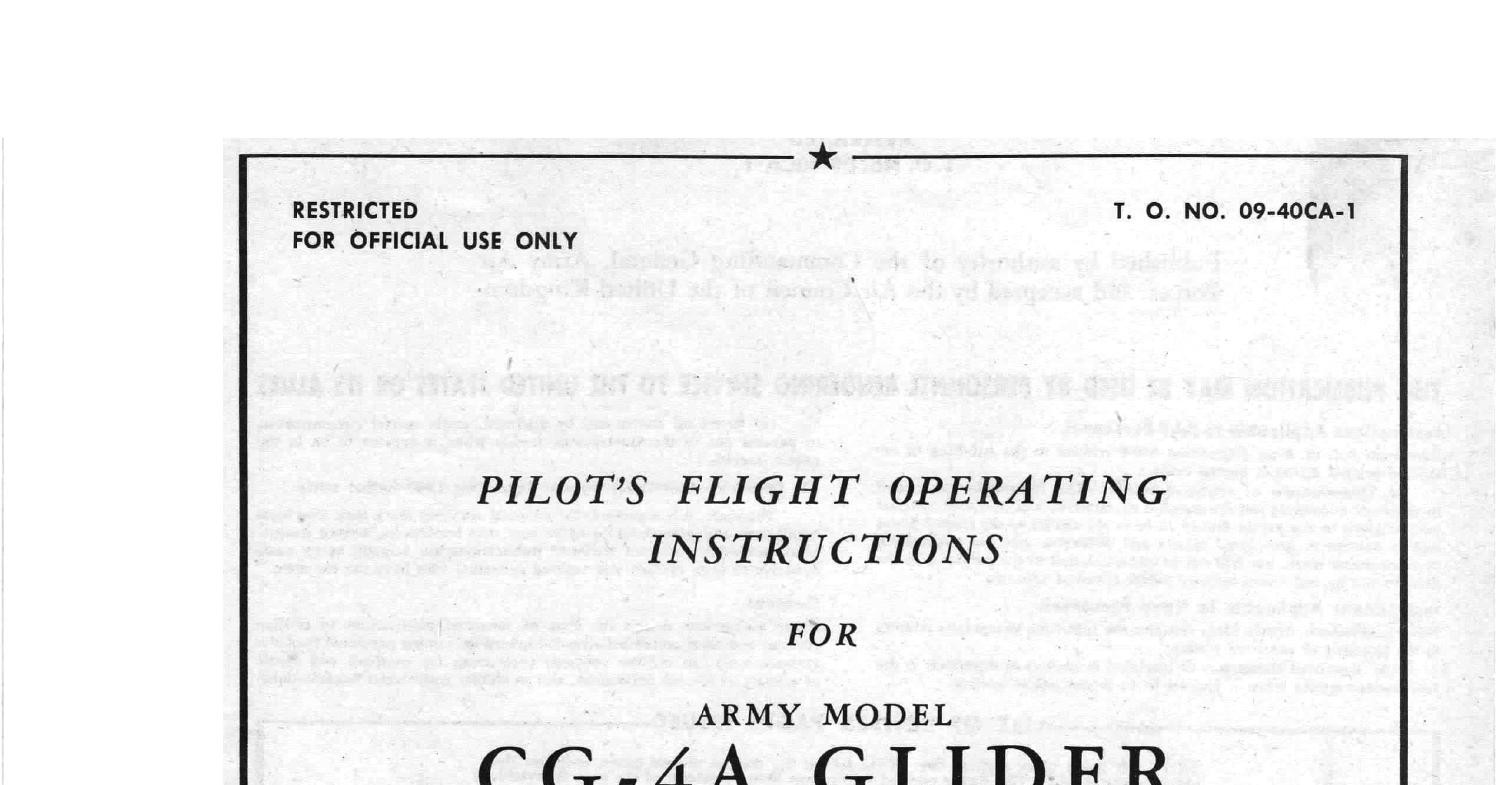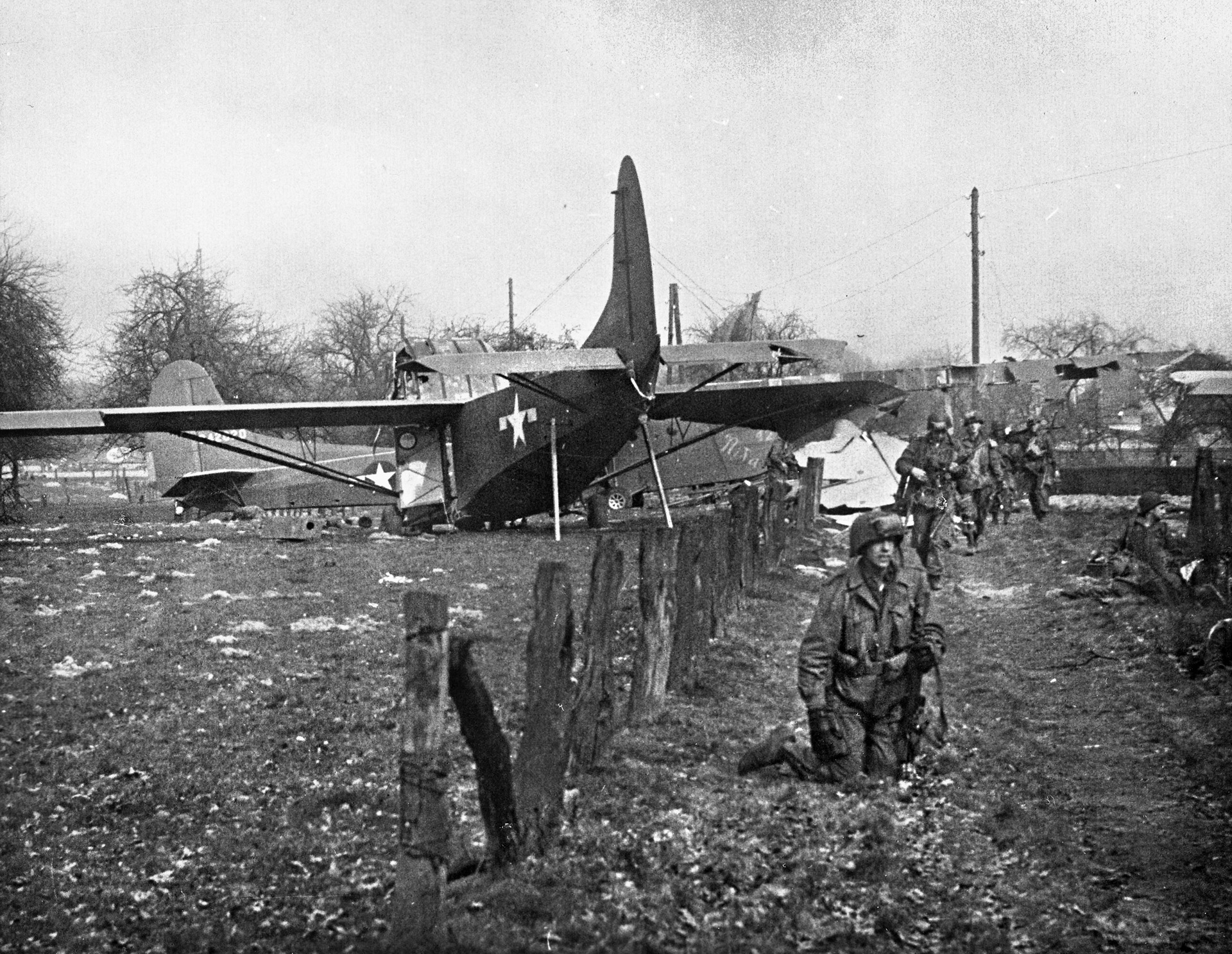As background info you might find the CG-4A manual of interest.Ewen, thanks for the info. I find it very frustrating that I never asked more info from my parents and grand-parents regarding war service, both in WWI and WWII!
So they were at last to send out Horsas to the Far East for Japan operations, but I don't see the problem with sending them out as they were delivered to the Maintenance Units in semi-kit form from the manufacturers (see attached pic). Do you know how the Wacos got there as the problems were even greater getting them to China than getting the Horsas to India. Were they also transported in kit form and from where?

Waco CG-4A Glider Pilots Flight Operating Instructions.pdf
View and download Waco CG-4A Glider Pilots Flight Operating Instructions.pdf on DocDroid
This article, while based on US experience in Europe, contains a few snippets about the difficulties your father would have faced flying a glider behind the tow aircraft.

Operation Varsity: Flying Gliders Across the Rhine
By Christopher Warner March 24, 1945. The green light flashed from the C-47 tug plane, prompting the glider pilot being pulled behind it to release his tow rope over Landing Zone N, just east of the Rhine River. A steady barrage of German antiaircraft flak blackened the sky as tracer bullets...
Another of the scarier things he might have had to practice. The glider snatch!
New one on me. I haven't checked the dimensions but I think it must have involved multiple aircraft if it was possible. Any more details?As I recall, the CG-4A, in kit form would fit into a C-46.
Can't immediately think why you would even want to do it. The C-46 & C-47 were capable of towing several CG-4A simultaneously. So why try to pack a single one inside the C-46? And when it came to recovering them from the battlefield they were considered expendable if damaged, or there was always the glider snatch method I referred to above.
